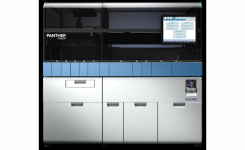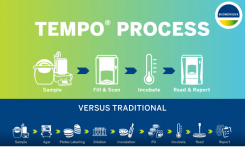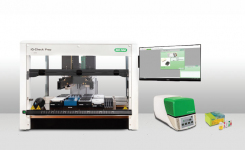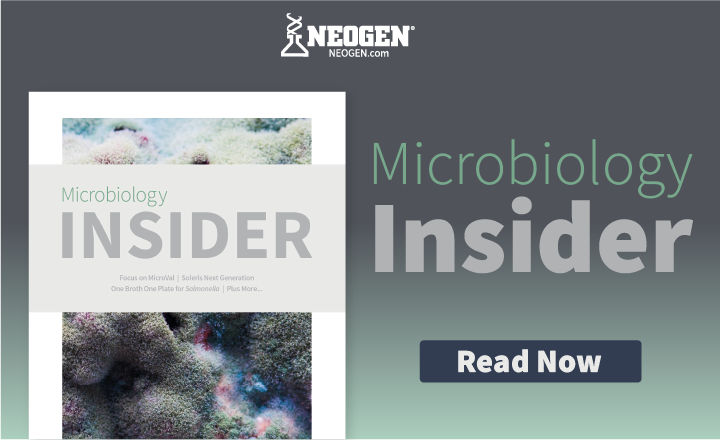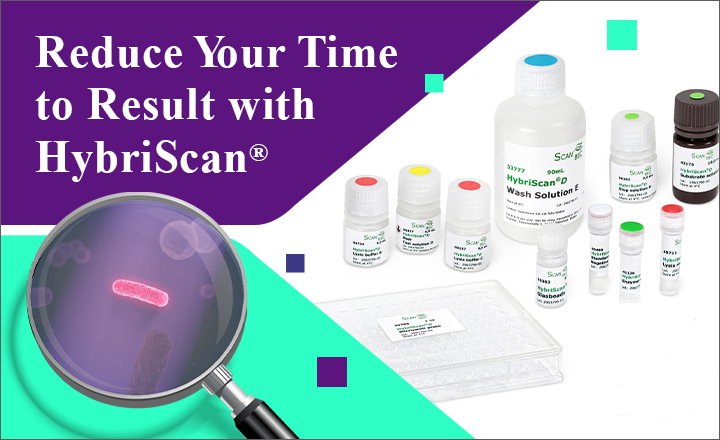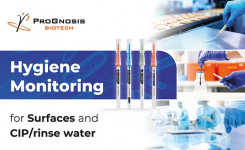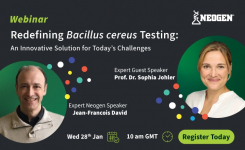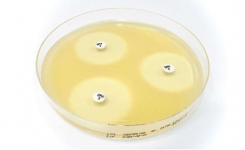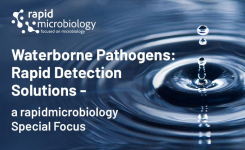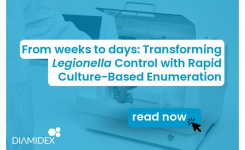Key Points
- Gram -ve curved rod - Microaerophilic - Thermophile [30°C +] - Motile
Introduction
Campylobacter are the major group of bacteria responsible for foodborne gastroenteritis in humans worldwide. As the Centres for Disease Control and Prevention (CDC) reported in 2011, there were about 845,000 cases per year in the US. Although these illnesses are rarely lethal, fatalities can occur when immunocompromised individuals are infected. Campylobacter jejuni and C. coli are the species most commonly associated with human campylobacteriosis. In addition, various other Campylobacter species have also been reported to cause disease.
The Organism
Campylobacters are members of the family Campylobacteriaceae. These bacteria are Gram-negative bacilli and can be spiral-shaped, S-shaped, or curved. Most exhibit characteristic corkscrew motility mediated by polar flagella. A cell may possess either single polar flagellum or two at both ends of the cell.
Campylobacter species require a microaerobic atmosphere containing 5 to 10% carbon dioxide and 3 to 5% oxygen for their growth. Most species are thermophilic with an optimal temperature of 42⁰C.
Association with Foods
Most Campylobacter spp. are zoonotic and many food animals carry the bacterium asymptomatically. Poultry and poultry products are the main means of Campylobacter transmission to humans. Other foods such as red meat, unpasteurised raw milk, fresh produce and contaminated water may also harbour the pathogen.
Due to the specific atmospheric and temperature requirement of Campylobacter species, they are not capable of growing and multiplying in foods. However they have a low infective dose (of about 500-1000 cells) and a high pathogenicity meaning that only a few cells are sufficient to cause disease.
Microbiological standards for Campylobacter specify that the bacterium should not be present in a 25g sample of ready-to-eat foods.
Current Situation
Campylobacteriosis is a self-limiting disease and seldom causes severe damage. Nevertheless it still makes a significant economic impact with regard to public health systems, loss of productivity and loss of educational opportunities. European Food Safety Authority estimates the cost of campylobacteriosis in the EU to be approximately EUR 2.4 billion per year. Hence, the focus is on controlling Campylobacter infections.
The UK Food Standards Agency has launched a programme together with Department for Environment, Food & Rural Affairs, the UK poultry Industry, and major retailers to reduce Campylobacter levels in chickens. Their target is to reduce the numbers of highest contaminated birds in UK poultry houses from 27% to 10% by 2015.
Methods for Identification and Detection of Campylobacter
Culture-Based Methods
Culture-based techniques for isolation and detection of Campylobacter from foods are described by the guidelines of International Standards Organization. ISO 10272-1:20063 defines the procedures for detection while ISO/TS 10272-2:20064 specifies the procedure for enumeration.
The pathogen is isolated by culturing on selective media followed by incubation at 41.5oC for 44 hours under microaerobic conditions. Food and environmental samples need an additional pre-enrichment step designed to facilitate the recovery of damaged cells. Enrichment is done using a selective enrichment broth medium which is then incubated at 37oC for five hours. Clinical samples can be cultured directly onto selective media.
Following isolation, Campylobacter identification is carried out based on their morphological, biochemical and growth characteristics. Most used identification schemes include Gram staining and biochemical tests such as catalase, oxidase, hippurate hydrolysis, and nitrate/nitrite reduction.
Several selective agars designed to isolate Campylobacter colonies are commercially available. These media contain various selective agents, most of which are antibiotics that suppress the growth of other enteric bacteria. Pre-enrichment media contain ingredients that protect the cells from the damaging effects of toxic oxygen derivatives. These include lysed or defibrinated blood; charcoal; a combination of ferrous sulphate, sodium metabisulphite and sodium pyruvate (FBP).
Both selective and enrichment media can be purchased as either base powders or ready-to-use formulations. In addition, commercially available atmosphere generation systems can be used to provide the specific microaerobic atmosphere which is critical for Campylobacter recovery and enumeration.
Although these culture-based methods are relatively cost effective and require no sophisticated equipment, they have several limitations. Most significant drawbacks include the time required to obtain the final results and the limited response of Campylobacter to biochemical tests. Moreover, these techniques are labour intensive and have lower sensitivity compared to serological and molecular methods. There is also the possibility of Campylobacter cells entering the viable but not culturable (VBNC) state under unfavourable conditions, thus providing false negative results.
Various methods of culture preparation can be done to accelerate the enrichment process. These methods include cell separation and concentration by filtration or centrifugation.
Rapid detection methods
Several immunological and molecular techniques are commercially available for the detection and identification of Campylobacter. These techniques offer rapid, accurate and more sensitive results compared to the traditional methods. Another advantage of these methods is that these techniques can detect Campylobacter cells in the VBNC state. However, some of these methods demand more advanced instruments as well as specially trained individuals. They also fail to distinguish between dead and live cells.
Various immunoassay systems based on antibody/antigen interactions such as enzyme-linked immunosorbent assay (ELISA) and Latex agglutination are commercially available.
Nucleic acid-based methods such as polymerase chain reaction (PCR) and real-time PCR are also commonly available as commercial kits. Other molecular techniques including Pulsed Field gel Electrophoresis (PFGE) and Random Amplified Polymorphic DNA (RAPD) can also be applied for detection and identification of the organism.
Furthermore, a combinations of traditional and modern techniques can be used to further enhance the reliability and speed of the result.






